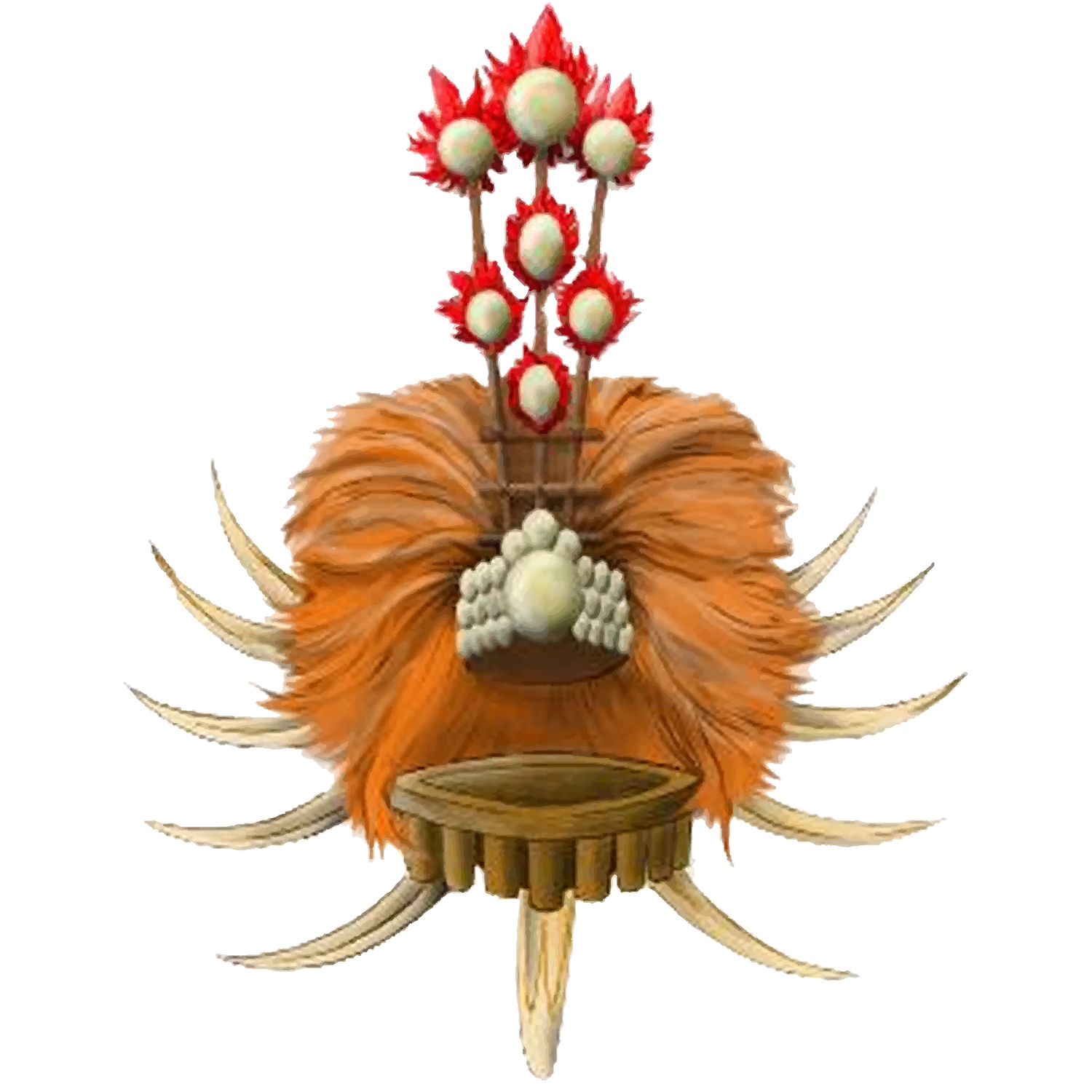about ta’u
Taʻū is the largest inhabited island in the Manuʻa Islands and the easternmost volcanic island of the Samoan Islands. Taʻū is part of American Samoa. In the early 19th century, the island was sometimes called Opoun.
Taʻū is well known as the site where the American anthropologist Margaret Mead conducted her dissertation research in Samoa in the 1920s, after which she published her findings in a work titled Coming of Age in Samoa. Ta’u also has the highest mountain in American Samoa, Mount Lata, as well as 21 square kilometers (8.3 sq mi) of National Park lands, and 3.9 km2 (1.5 sq mi) of waters separated by some of the tallest sea cliffs in the world.
On the western coast of Taʻū are the conterminous villages of Lumā and Siufaga, usually referred to jointly as Taʻū village. The village of Taʻū has been named the capital of the Manuʻa Islands. Fitiuta is another Taʻū village, located on the northeast side of the island.
’Big momma’
Big Momma is a massive Porites coral colony that lives in the National Marine Sanctuary of American Samoa on the west side of Ta’u, American Samoa, in an area called the Valley of Giants. Big Momma is the largest of several massive Porites in that area, and until recently, was the largest known coral in American Samoa — and possibly the world.
The Big Momma coral head is over 500 years old.

